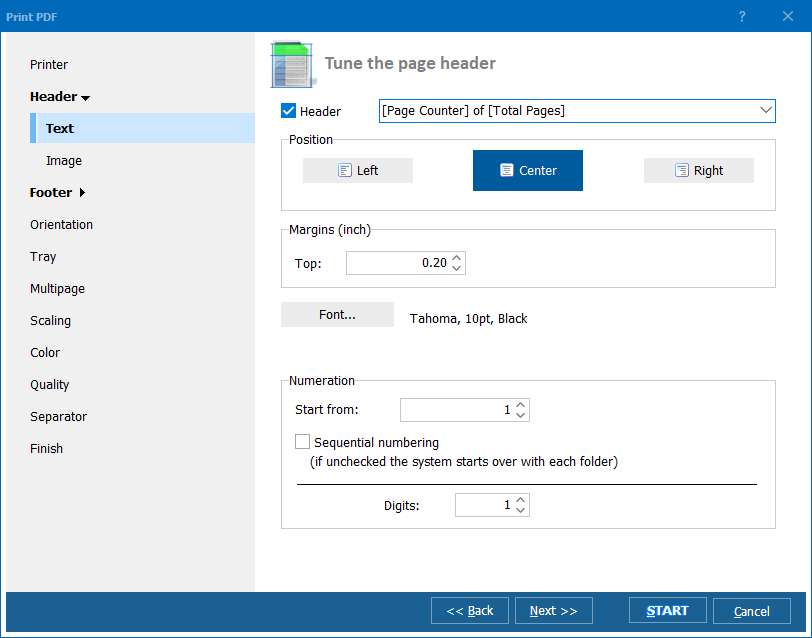
Depending on the viewing conditions, your eyes will perceive very many different radiant intensities as 'black' and part of what processing does is choose a what should be 'black' (and also 'white') in relation to the other tonal values in the image. A raw file doesn't have a 'black level' (some people call the level for zero exposure a 'black' level, but zero light isn't a perceptual black level. The negative effects are generally worst in the shadows, and undertaking the operation called 'shadow lifting'. The data size (and type - FP TIFFs are more amenable than integer ones) of the TIFF file affects how easy it is to make this recovery, but in the end it's best not to do it at all. If what you want to do later on is to change that intent, then it makes more sense to do that directly from the raw file rather than to try to recover from an already baked in intent. A raw file might result in very many different viewable images - by developing it to a cooked file, you are making a commitment to a specific intent. The cooked file contains information on how a viewer should see that image.

A cooked file (whether in TIFF or any other format) is completely different, it is a declaration of perceptive intent. It is a record of physical measurements - what was the exposure measured in that pixel, which was subject to a particular colour filtering. Raw file data essentially says what was the exposure measured in each pixel. The basic difference between a raw file and a 'cooked' TIFF is the type of information contained. And in that case you very definitely are dealing with completely different things, and the process of conversion (processing) from raw to TIFF will inevitably result in the loss of information that was in the raw file. That's where the adjectival nature of 'raw' comes in - when you talk about TIFF files, I'm presuming you are not talking about raw TIFF files, but rather ones that contain 'cooked' information. Most raw files are in fact TIFF files, since they use TIFF container standards. TIFF is actually a container format, what essentially means that it provides standardised headers which hold information about what is the type data actually contained. 'TIFF" stands for 'Tagged Image File Format'. 'TIFF', on the other hand, is an acronym, and therefor should be capitalised. Therefor should be written in the same way as any other adjective, in lower case - unless it is the first word of a sentence, when the 'R' only should be capitalised. 'Raw', when applied to image files, is an adjective meaning 'uncooked'. You have your capitalisation completely back to front. Yes, there is a basic and fundamental difference, at least, depending on what kind of TIFF file you ware talking about.įirst a pet peeve, which is actually relevant to your question. The question then becomes, does the difference matter to you. ACR is where you define each pixel.ĮDIT: another factor to consider is if a tree falls in a forest and no one is there to hear it does it make a sound? I might think that with a lot of these "edits" you might not ever see a difference.

At the heart of it, PS is a pixel based editor. Even if you open a JPEG, PS creates an 8-bit PSD file in your memory in order to actual edit the image. Both of which could be manipulated better from the original RAW file.

By that I mean that curve, those color settings. You could save this as a 16-bit PSD/Tiff and still retain all of that information. Meaning that opening a RAW file will always have the "most" information. But you only have as much information as the "original" saved file. don't exist until you do a file save as command. I feel like there is, but am not sure theoretically if there is an explanation.Īnother workflow consideration is that when you open an image into PS you are creating a temporary PSD (Photoshop Document) in your RAM. However, if you edit these parameters in ACR then open in PS and do further tweaks I am not sure how much of a difference you would see.

The curve isn't "written in stone" on a RAW file but is on an image file. The RAW file is simply the original RAW data without these parameters applied.īy difference I mean in terms of the information available (e.g., in shadows/highlights) if I need to do any recovery/edits. An image file has had a tone curve applied to it and color information embedded in it thus making it an image file. This might be splitting hairs, but there is a difference. Photoshop will not allow you to edit RAW files. As you are aware, this application allows you to manipulate RAW files. saving the RAW as a 16-bit tiff and then editing that in PS? Is there a difference between editing the RAW vs.


 0 kommentar(er)
0 kommentar(er)
